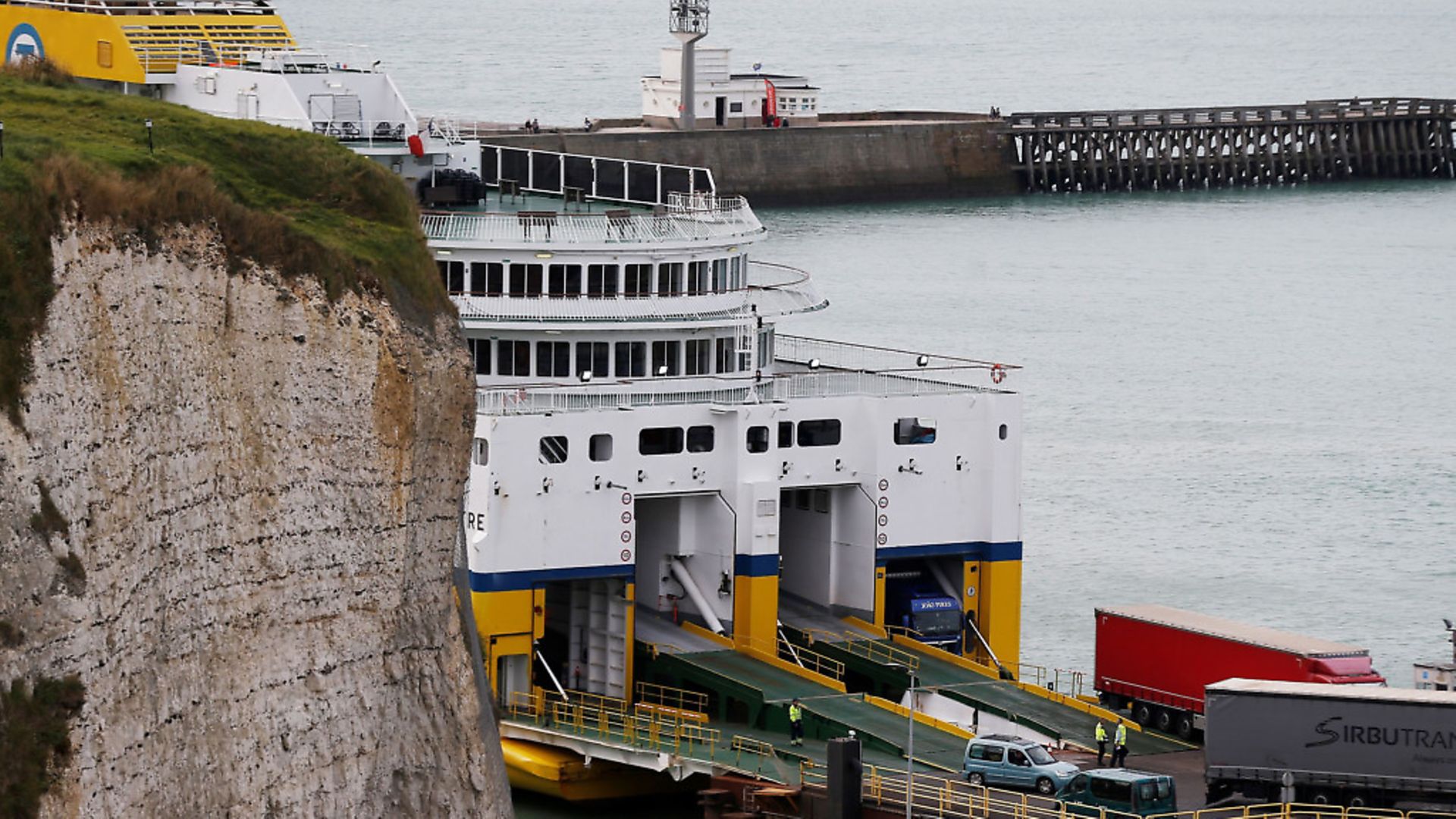
WILL SELF discusses the psychological loss that high-speed travel as taken from us.
Plans are – if you’ll forgive the pun – afoot to walk to Paris. A few years ago, I accidentally discovered the bizarre phenomenon I call ‘airport walks’, by walking to Heathrow, flying to JFK outside New York, and then walking from there into Manhattan. When I arrived in Greenwich Village, my body was telling me that since I’d walked for two, full consecutive days, I must have been on a continuous landmass – whereas my head couldn’t forebear from remarking that there had been a 3,443-mile plane flight in between. Yet, the bodily awareness was so powerful I had this strange – almost numinous – sense that Long Island had, in its entirety, somehow been rammed into the Thames estuary.
Could this be, I wondered, the way to suture back together the world that had existed before the age of mechanised, high-speed travel?
The coming of railways in the mid-19th century was experienced by contemporary commentators as, simultaneously, an expansion and a contraction of space – as new suburbs were incorporated into the cities, while journey times between them were drastically reduced. In 1843, apropos the opening of lines from Paris to Rouen and Orléans, the poet Heinrich Heine wrote: “Just imagine what will happen when the lines to Belgium and Germany are completed and connected up with their railways! I feel as if the mountains and forests of all countries were advancing on Paris. Even now, I can smell the German linden trees; the North Sea’s breakers are rolling against my door.”
But if the drastic reduction in journey times contracted space – what was the nature of the space lost? It was the space of the journey itself, of psychological duration, of the sensuous engagement with everything along the way – from flora and fauna not seen elsewhere, to random human encounters and remote regional cultures. With rail, then the car/motorway assemblage, and finally the jet plane, everything became about arrival and departure – the variegated space in between was supplanted by the monoculture of playing Kandy Krush. My airport walks reversed this world-historic tendency – almost as if I were some giant deity forcing treadmill-earth to go backwards in time with my steady tramp.
So far, the only inter-European airport walk I’ve done has been from Oscar Wilde’s house in Chelsea, to the apartment building in Zurich where James Joyce lived while writing Ulysses – so, arguably really an inter-Ireland walk, since these writers’ works themselves contain worlds. (And in Joyce’s case, powerfully peripatetic ones.) I have, however, walked from my home in South London to Newhaven on the Sussex coast – and this would seem to me the right line to take for my advance on Paris.
True, if I headed for the Channel Tunnel I might be able to replicate-in-reverse the feat of Abdul Haroun, a Sudanese man who managed to walk through it for 31 miles from France to England in 2015.
Haroun walked through one of the train tunnels, rather than the service one in the middle – so he’s very lucky not to have been mashed; but anyway, arguably the tunnel tramp would re-impose exactly the kind of monotonous slogging I’m trying to avoid, whereby the lights strobing past, and other standardisations, induce a purgatorial psychic state: a permanent Now, within which Boris Johnson is eternally pontificating. I’ve taken the Eurostar service to Paris hundreds of times now, and apart from the occasional sanglier-on-the-line incident (official euphemism for the likes of Mr Haroun), it’s been hard to differentiate one transit from the next. But the time I walked to Newhaven remains absolutely vivid in my mind – almost down to the individual paces.
There was the strange looping course upstream along the Wandle from Wandsworth to Croydon – and then, from the high point on the North Downs, I could see back over the entire Thames basin. There was the curious ox-bow of deep country before I reached the M25, and then the bosky footpaths snaking through the Surrey weald to the Ashdown Forest. I saw scarcely anyone in three full days of walking who was like me: just short-haul strollers, and the occasional ‘mobility’ scooter. In the deep country before reaching Alfriston, I walked the old Roman field boundaries, sensing through my soles some sort of strange connection to the distant Appian Way. And then, upon reaching the South Downs – and hence an area of state-mandated ‘outstanding natural beauty’, I found myself among Gore-Tex clad hordes for an hour or so, before arriving at Newhaven, and hopping on a train home.
The rapid transit back to the metropolis, annihilating three days of sensuousness in a scant hour of tedium returned me from the living territory to the map which merely describes it; which is why, this coming May, I’ll retrace my steps then take the ferry to Dieppe, and head on along the Grande Randonnée to Rouen then Paris. But will my trans-Manche walk suture up the wound that’s sundered Britain from the continent, or sprinkle salt in it? Watch this… space.
Warning: Illegal string offset 'link_id' in /mnt/storage/stage/www/wp-includes/bookmark.php on line 357
Notice: Trying to get property 'link_id' of non-object in /mnt/storage/stage/www/wp-includes/bookmark.php on line 37







